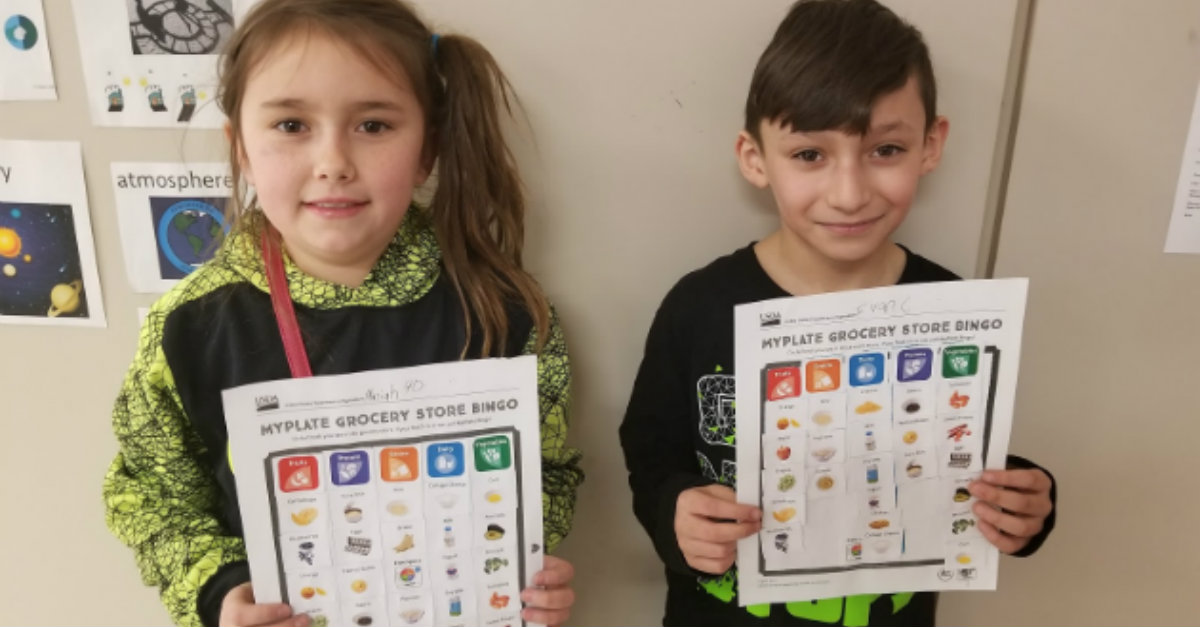Does the crazy pace of today’s 24/7 life ever get to you? At home and at work, we go, go, go. We over-schedule and run late. We eat on the run and sneak through yellow lights. Ask colleagues how they are doing and inevitably you’ll hear, “Way too busy. Just trying to keep up.”
Am I guilty of living life at warp speed? Absolutely! Just the other day I heard myself fussing when a YouTube video took too long to load.
Our classrooms are no exception. What teacher doesn’t feel in a daily race to accomplish all the standards they’re supposed to accomplish in the limited time they have? I only have a year to teach all this!
Stop the madness
You’re probably wondering what all this has to do with Project-Based Learning? I’m glad you asked!
The way I see it, PBL is the perfect learning approach for students (and teachers) living in the fast lane. It slows down the clock a little by expanding the learning journey over a few days or weeks. Allows space for deep content understanding to unfold. Not to mention builds in time for students to think things through, create, evaluate, analyze, and fail—skills they’ll carry with them throughout their lives.
I like to think of it as climbing the stairs instead of taking the elevator.
Start slow and end strong
Slow learning. I love the idea and it’s one of the many things about PBL I’ve come to appreciate.
But how slow can we go? We have objectives to achieve. We must make every learning moment count. You can do that with PBL.
Let’s say you want to engage your children in a project about nutrition. Your goal is to inspire them to make the world a better place. But, of course, the project must align to your academic standards.
Finding the Sequence
Here’s a sample sequence of lessons you can use to turn your idea into a PBL unit:
- Start with Why – Grab your students’ attention right off the bat with a compelling challenge or question, like: “Why does nutrition matter?” In this initial lesson, you can introduce the idea of a healthy and well-balanced diet and how it helps people achieve top health and avoid illness. Then you can challenge students to dive deep into the world of nutrition and learn to make healthier choices.
- Think it Through – Get your kids thinking about the sort of food we eat. What’s the difference between healthy and not healthy? What are the pros and cons of the great GMO debate?
- Work it Out – Rev up your students’ creativity engines by having them design and test healthy recipes with the idea of creating and publishing their own recipe book. Invite into your class an expert—like a real chef. Kids can ask their questions and, by doing so, connect their learning to the real world.
- Fix it Up – Here’s where your kids put on their critical thinking hats and use what they’ve learned so far to critique their work, make revisions, and improve their recipes.
- Share Your Awesome – The final lesson is the big finale—sharing with family and friends in-person and/or online what they’ve created and how the world is a better place.
There you go—five steps that cover all the PBL bases, including a challenging question, sustained inquiry, authenticity, student voice and choice, reflection, critique and revision, and a public product.
That wasn’t so hard, was it? Give it a try. And let us know how it goes!
For more information:
View the 30-minute webinar on this topic entitled, Project-Based Learning in Your Classroom: Making PBL Work for You.
Also, check out these downloadable resources within the webinar:
Project-Based Learning in Your Classroom: Making PBL Work for You
Blue Apple Projects
